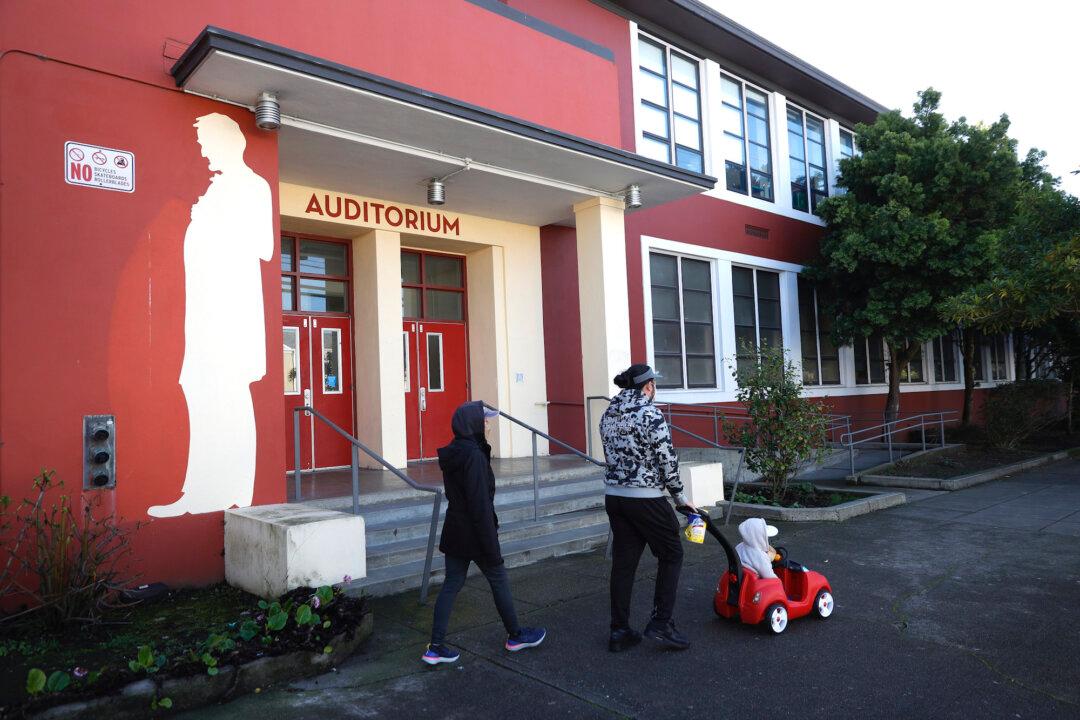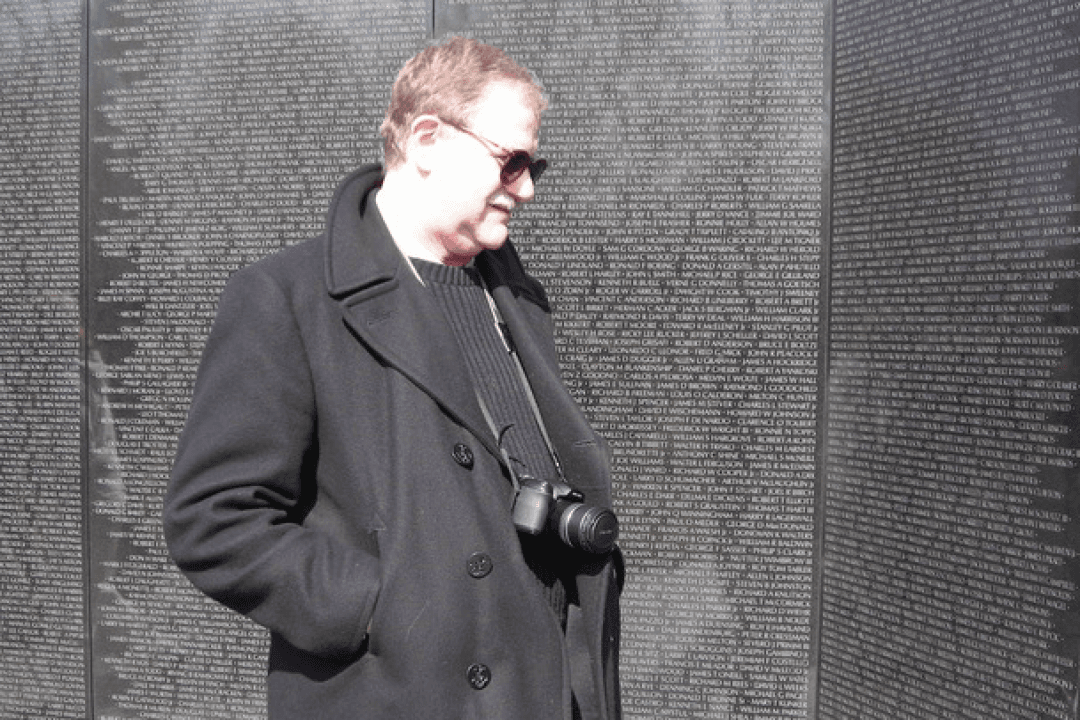Songs of pining, love, land, and loss are like magnets to the Emerald Isle. Observed Paddy Maloney, the late founder of the Chieftains, a Grammy-award winning band from Dublin: “There’s something in Irish music that really gets you.” Cheekily coined “the Old Sod,” Ireland gave the world Yeats, Shaw, U2, and a host of world-class performance artists. There’s no argument that Irish music is one of Ireland’s most endearing and defining cultural products.
Enter Celtic Woman, the all-female singing sensation from Ireland about to take its show on the road to the United States. Co-founded in 2005 by David Downes, music director for the Irish stage show Riverdance, this ensemble of three singers and an instrumentalist was originally tagged by an arts critic as “Riverdance with Voices.”





